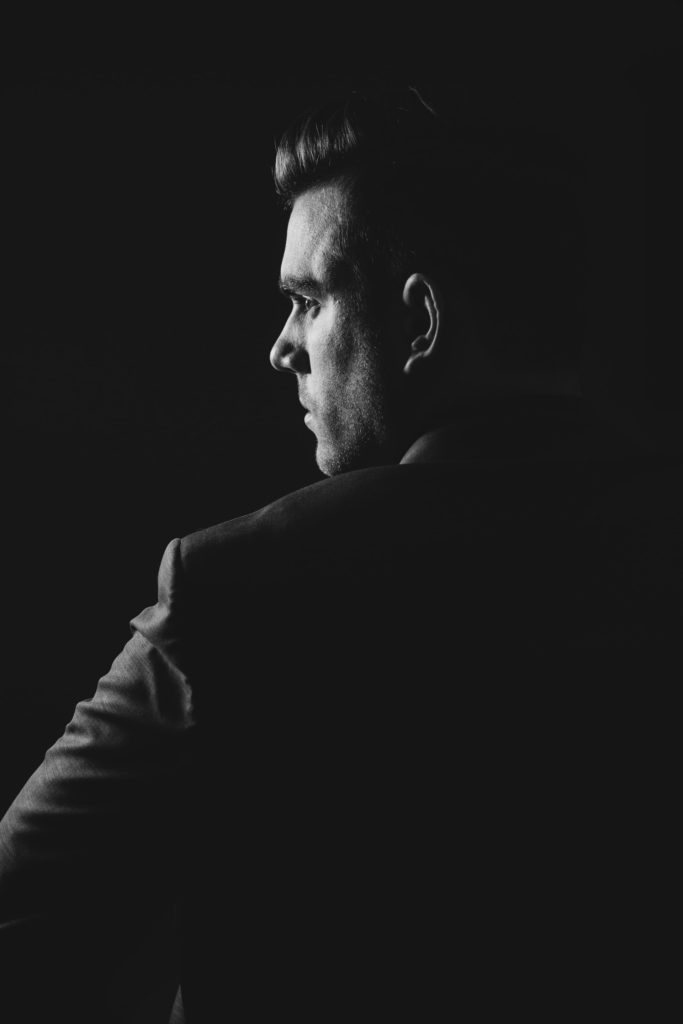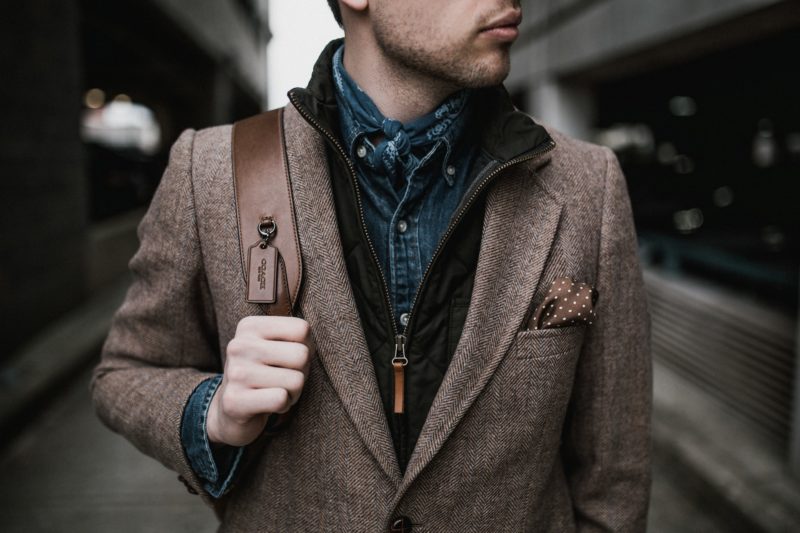We naturally expect summer to be warm and winter to be cold. So, dressing for these seasons is easy. Summer outfits will usually consist of light, cool pieces and winter outfits will be heavier to keep you warm. However, it can be a challenge to figure out how to dress for the day during a transitional season.
Springtime sees the world warming up after the cold temperatures of winter and autumn brings some relief from the hot summer. As wonderful as those seasons can be, it can be difficult to pull together an outfit that is stylish and comfortable yet flexible enough to deal with a wide variety of conditions.
The weather during the transitional seasons of spring and fall can be unpredictable. In just a single day temperatures can range from 40-75 degrees Fahrenheit. A perfectly sunny morning can turn into a rainy, gloomy afternoon or you could start with a cold, windy morning and end the day with a very warm and sunny afternoon.
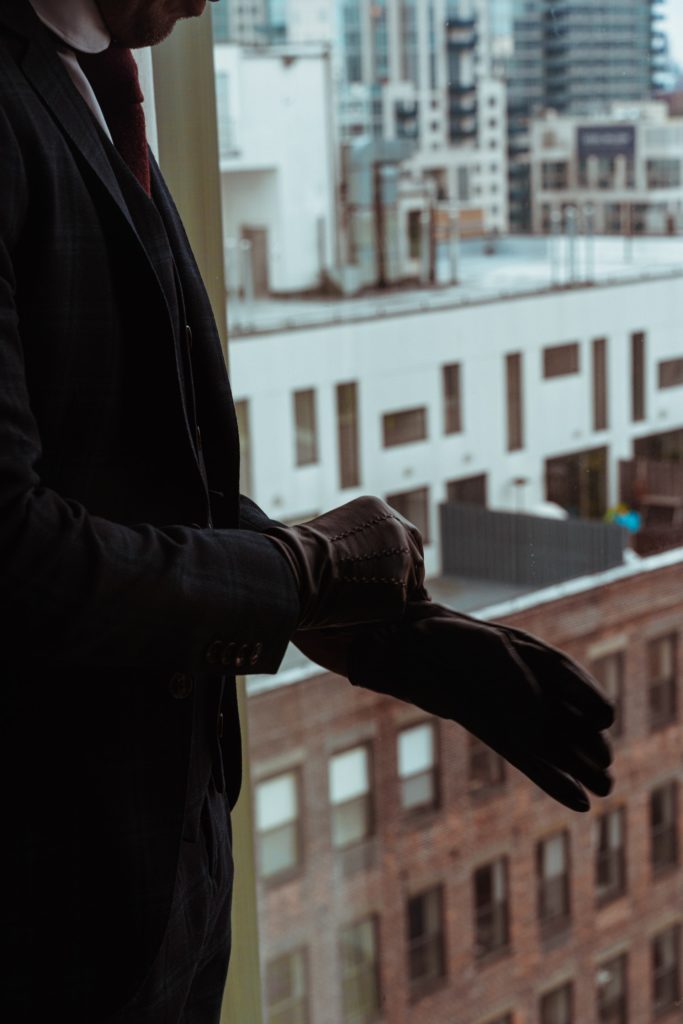
It is impractical to run home and change your outfit several times a day to keep up with the weather. You’ll want to put together outfits that are flexible enough to adapt to the range of conditions you might face throughout the day. There are a few individual items you can include in your wardrobe that are perfect for the transitional seasons moving between summer, winter, spring and fall.
How To Wear Men’s Lightweight Outerwear In Between Seasons
The transitional seasons are the perfect time for lightweight outdoor options. A super light trench coat or an ultralight fabric overcoat can be the perfect choice for protection against the elements.
A trench coat or ultra-light overcoat pairs well with just about any outfit, from formal to casual. Usually made of cotton gabardine, a trench coat or a light overcoat won’t be as warm as a heavy woolen winter coat. However, if you do need a little extra warmth, look for a trench coat with a removable wool liner or an overcoat with a removable Bemberg lining.
How To Layer Men’s Outfits With A Scarf
Scarves are nearly magical pieces of cloth. They can become so many things just during the course of one day that, at times, it’s hard to imagine not wearing one.
Wrap your scarf around your neck and let both ends fall and lay them flat. Now criss cross them just once while flattened and tuck them under your suit jacket, overcoat, trench coat or leather jacket.
This will help warm up any piece to help you fight off that sudden chill, wind or draft that caught you by surprise.
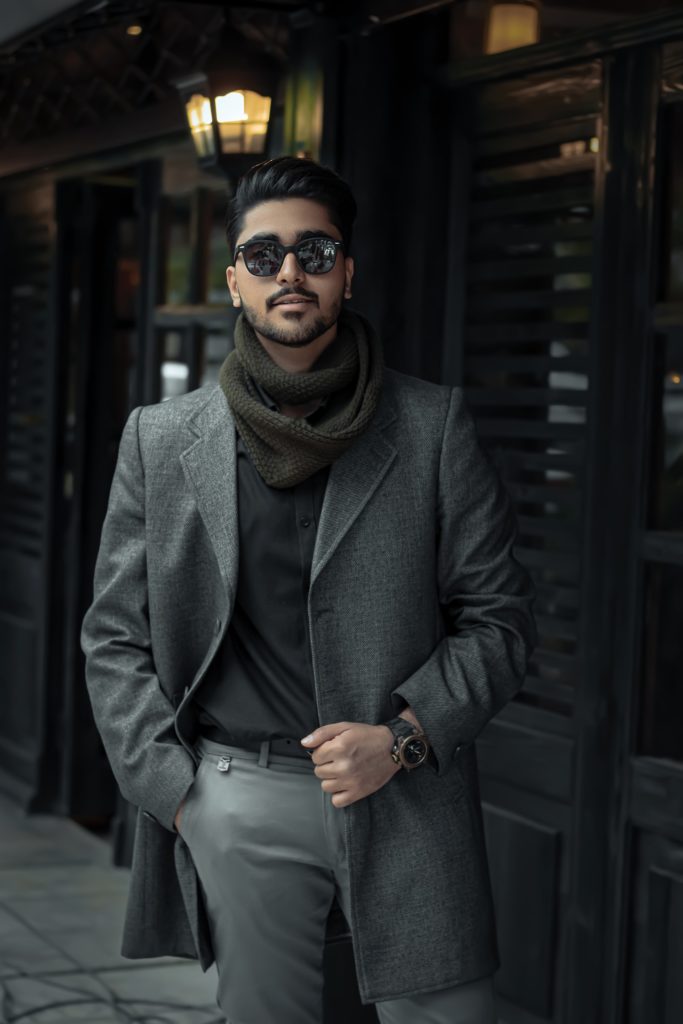
Transitional seasons are also a great time to enjoy leather jackets. Unlike the overcoat, leather jackets offer a casual solution for transitional dressing. Typically, leather jackets are designed to protect you from the elements, and many are treated to be water-resistant.
Leather isn’t as light as waxed cotton but isn’t as heavy as thick wool which makes it an excellent option in transitional weather. A belted waist ensures the jacket stays closed and the generous length keeps the cold and rain away. Multiple pockets provide plenty of places for your everyday essential items.
Consider a half-lined or unlined jacket for transitional outerwear. Half-lined jackets have lining sewn into the sleeves, on the inside of the chest, and across the shoulders and upper back area of the jacket. Unlined jackets will only have lining sewn into the sleeves of the jacket. Although you may be able to find completely unlined suit jackets, the sleeve lining makes it easier to put the jacket on and to take it off.
Wearing a jacket with very little internal lining makes for a much more comfortable and cooler wearing experience. The jacket will breathe better, helping you to better regulate your temperature. It is still possible for an unlined jacket to have some structure through the chest and shoulders, but this is usually quite light. Half or unlined jackets are often less tailored than a traditional suit jacket. These unstructured jackets are easier to combine with other elements within your wardrobe.
Another option is an over shirt or shacket, either are a casual option and a great alternative to a more traditional sport coat. The term “shacket” comes from the shortening of “shirt jacket”. A hybrid of a dress shirt and jacket, it has an overall structure similar to a shirt with front buttons all the way to the neck, button cuffs and a pointed collar.
Unlike a dress shirt, shackets often have functional pockets at the hip and other locations. They are made from heavier, harder wearing fabrics like heavy cottons, linens, flannels and corduroy. This style of outerwear originated from practical work wear but has been updated and refined.
Shackets and over shirts are great, lightweight options to wear as an alternative to a sports coat or jacket. Suit jackets or sports coats have more refined rules as to when they can and cannot be buttoned but the rules are more relaxed for a shacket or over shirt. They can be worn open or closed depending on the temperature. Also, they can still be worn under a coat on colder days.
How To Wear Men’s Knitwear When Moving Between Seasons?
Transitional seasons may have some cold temperatures and knitwear is a great way to add some warmth to your outfit. Of course, you don’t necessarily need the full warmth you’d get with heavy lambswool or cashmere, so knitwear spun from cotton, linen or a combination of both is perfect for transitional outfits. Cotton and linen are both natural fibers that breathe well and are great choices for helping regulate your own temperature without trapping in temperature robbing moisture.
Linen often has a distinctive texture and looser weave when woven into sweaters. Cotton can replicate the look of your favorite woolly winter weather without the extra warmth. Merino wool is another popular option for lighter weight knitwear. Merino is a very fine, soft wool with a nice sheen. Wearable most of the year-round, it pairs well with tailoring and can dress up casual wear.

Look for pieces of knitwear from cotton, linen or merino wool to add to your wardrobe. Transitional seasons are the perfect time to wear a traditional cricket or tennis sweater, but, if you’re going to be layering them under a sports coat, look for lighter options like merino to avoid looking like a Yak wrapped in a blanket.
Best Men’s Shoes Moving Between Summer, Winter, Spring & Fall?
Finish off your outfit with a pair of suede shoes or even a smart boot, like a Chukka or a Chelsea boot. Contrary to popular belief, suede is actually a very resilient material and it does great in unpredictable weather. Unlike calf leather, suede is less likely to show salt stains or watermarks if you get caught in the rain. Suede is easily treated with protective sprays. Even if it’s left untreated, it still dries more evenly than calf leather.
Shoes with a Goodyear welt will also help in wet weather. Further the waterproofing qualities by looking for shoes with full rubber soles or rubber inserts to the soles. This will help with both water resistance and grip.
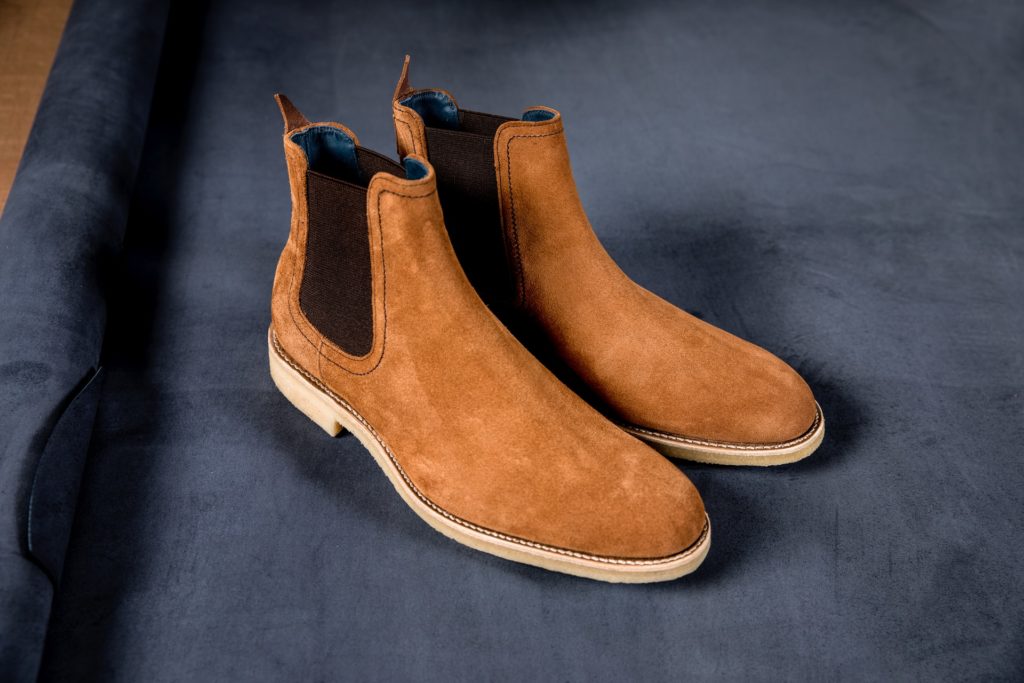
Best Men’s Outfits For Summer, Spring, Winter And Fall?
Now that you know a few pieces to use during the transitional seasons, here are a few ideas for different outfits you can put together. A great tip for transitional dressing is “Spezzato”, breaking down a suit to create a new look. This mix-and-match approach means you can combine pieces of heavier and lighter suits to accommodate your needs. This is also an economical approach because you can combine pieces from your existing wardrobe.
Best Men’s Transitional Formal Attire For Shoulder Seasons?
In warmer weather, wear a lightweight suit or an unlined jacket and lightweight trousers. Add a dress shirt with a knit tie. A nice waistcoat can be added if there are still some chilly days that you need to be prepared for. You can finish off the look with a pair of suede shoes or for an even more casual look go with loafers.
For the cooler days of late autumn or early spring, Start off with a mid-weight jacket and lightweight trousers or vice versa. Add in a dress shirt and a grenadine or a three fold lighter weight tie. You can wear a pair of suede shoes or see how you like a Derby, an Oxford or Wingtip shoes, or Wingtip boots if the weather dictates. Add in a lightweight scarf to protect against cold wind and, if it’s possibly going to rain, a trench coat or light over coat to top off the look.

How To Wear Men’s Multi-Seasonal Business Casual?
In warmer weather, you can always try a pair of chinos paired with a classic dress shirt. Try a linen dress shirt for hotter days and a merino cardigan or sweater when it’s cooler. A pair of loafers or lace up dress shoes for your feet.
For cooler weather business casual outfits, add a lightweight jacket to a pair of chinos and an OCBD shirt. A light knitwear weather and scarf. An Oxford, Derby or monk strap pair of shoes complete the outfit. Again, don’t forget an umbrella and trench coat to protect from the rain.
How To Wear Men’s Multi-Seasonal Full On Casual?
You can opt for a plain t-shirt or polo and jeans for warmer weather. Add an over shirt or shacket for a little extra warmth. Boat shoes or loafers are great casual shoes for this outfit.
In cooler weather, add an over shirt, shacket or a Harrington jacket. You can also try a waxed cotton or leather option. Merino or cotton knitwear with a shirt or polo underneath will keep you warm without overheating. Outfit your lower half in denim jeans and a pair of Chelsea boots.
